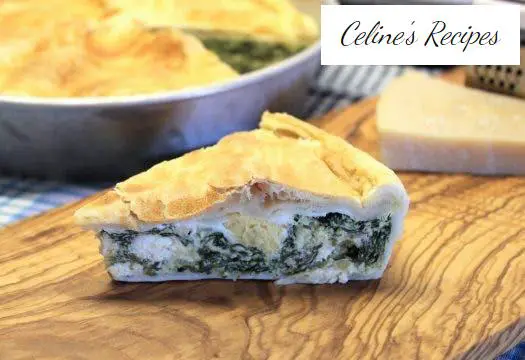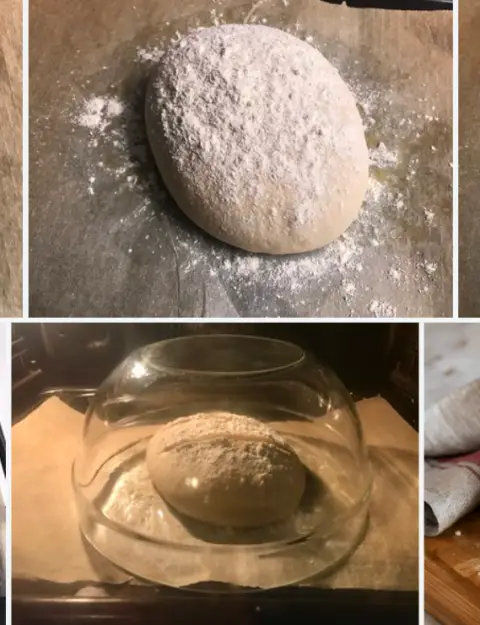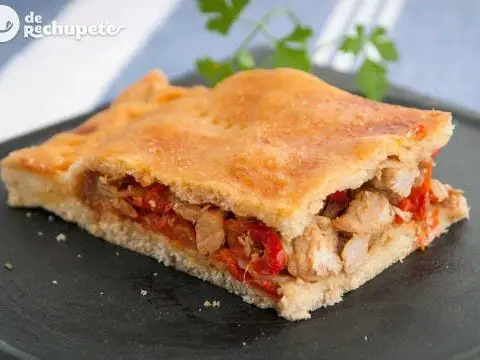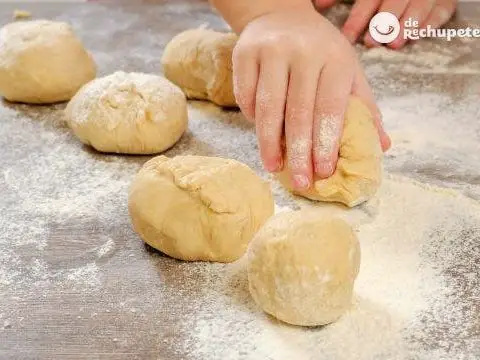
Info.
- Easy
- 90 minutes
- For 6 people
- € 1.5 / person
- 218kcal per 100g.
How to make a “Pascualina” or “Pasqualina” cake .
This cake is typical of Easter in Italy, also called “Pasqua”, and hence the name it receives from “pasqualina”.
An Italian friend told me about her existence while we were having coffee, and as soon as I got home I started to investigate to meet her and make this Italian recipe.
It is possible to find as many variants as cooks. From the type of dough used in the base: puff pastry , shortcrust pastry , brise pastry; to the filling ingredients.
It can be made with chard, spinach, artichokes, aubergines, etc. Although the most typical is with chard or spinach. I have used shortcrust pastry . You can buy it already refrigerated or prepare it at home in advance.
This cake is an almost mathematical combination of the ingredients. The crispiest dough combines with the softness of vegetables, eggs and cheese, making an exquisite bite. The normal thing is to consume it once cold, so it is ideal for both an aperitif and for lunch, or for a cold dinner.
A picnic and the lid that we take to work are also excellent options for this Pasqualina Cake. As you can see, it is a real off-road vehicle, don’t miss it and enjoy it this Easter .
Preparation of the pastry dough and filling
- We start by blanching the spinach leaves, a couple of minutes in boiling salted water (to taste).
- If you have a steamer, we would have them for about 10 minutes to steam. Drain and reserve.
- Chop the onion in brunoise. We fry it in a frying pan, 5 min. over medium heat, with extra virgin olive oil.
- Add the spinach, mix and sauté for 2 minutes. We salt to taste. We reserve.
- In bowl, beat 4 eggs. Season with salt and pepper to taste. Pour in the cream and beat again slightly.
- Now we add the vegetables and mix well. We continue with the crumbled ricotta cheese and the grated parmigiano.
- Crush the ricotta cheese with a fork to help it melt. We add half a tablespoon (of coffee) of nutmeg.
- Spread the broken dough a little with the rolling pin. We place on the mold and adjust to the base and sides. You must cover the sides well, then cover the filling. We prick the base with a fork.
- Carefully pour the filling into the mold. We make a hole with a fork, and we crack an egg in it.
- We repeat the process with the four eggs. Lightly salt the yolks.
Baking and final presentation of the paschal cake
- We preheat oven. 10 minutes at 200ºC.
- Now we place the upper lid of shortcrust pastry, which reaches the sides. We make an edge joining both masses, the base and the lid.
- We paint the top of the cake with egg yolk. We make a hole in the center, with the help of a knife, so that it breathes and does not swell during the process in the oven.
- We place in the central tray and bake 45 minutes, with the option heat up / down.
- Let’s take a look so that the surface is not overly browned. If so, place aluminum foil on it.
- After time, remove from the oven and let cool before consuming.
- Carefully unmold and cut into portions, as if it were a cake.
Surely you like it a lot, but leave a little for the work cap, you will be grateful.
Follow the step by step that you will find in the album of this Easter cake recipe , it will come out the first time.
Curiosities about the Easter Cake
- Its origin is very old, since in the sixteenth century there are already documents that speak of it. The area where it is most typical is Liguria, in Northern Italy. Surely you place it better if I tell you that its capital is Genoa.
- This Cake was a very special preparation, which was cooked to celebrate the dates of Easter. Some of its ingredients, such as eggs and cheese, were in those days a rare commodity. So the Pasqualina Cake became a delicacy for diners.
- With the passage of time it has become a dish without limitations, which is prepared at any time of the year and anywhere in the transalpine country.
- It has also crossed borders and is usually found in restaurants in Argentina, where Italian emigrants took it in the 19th century.






